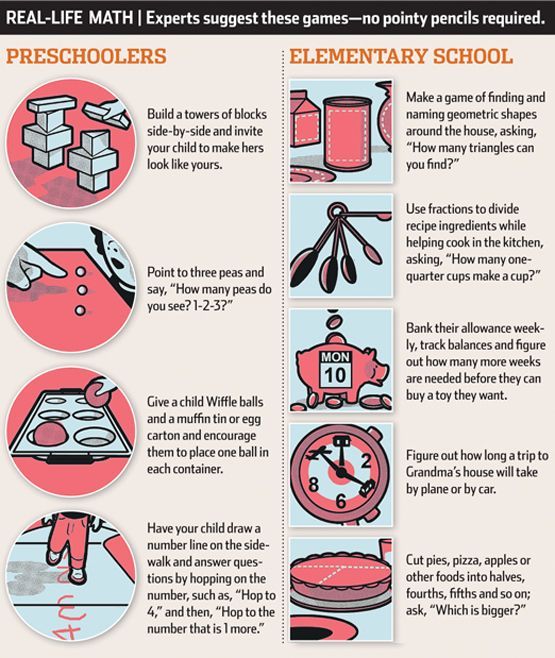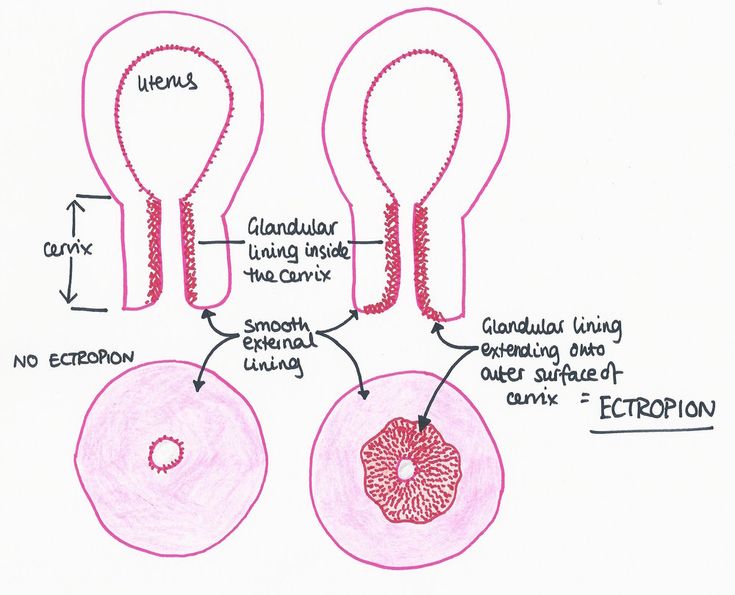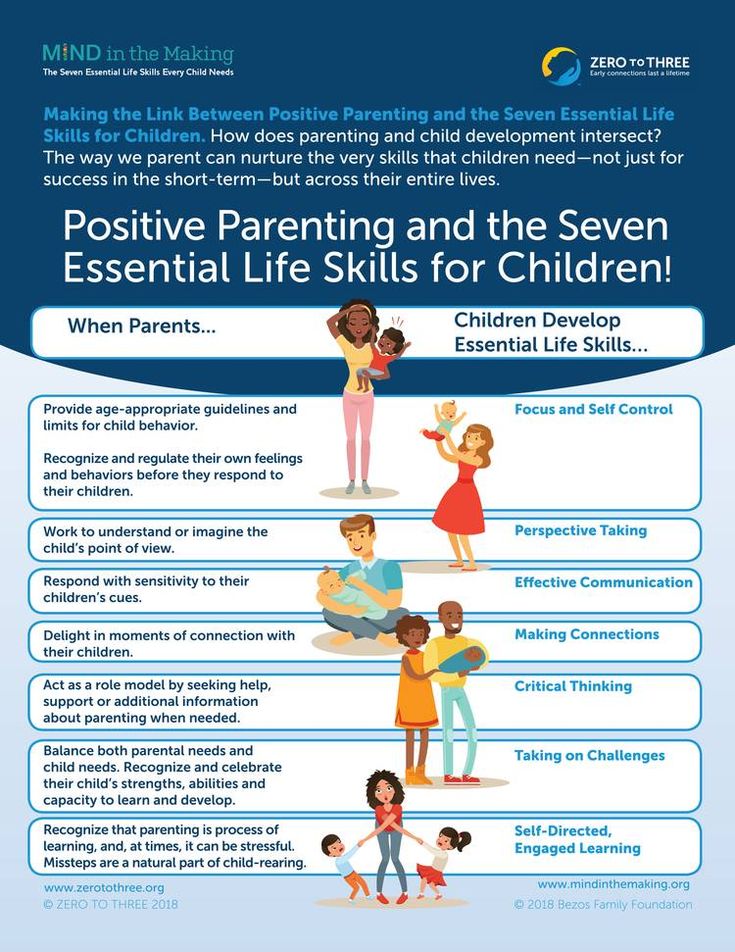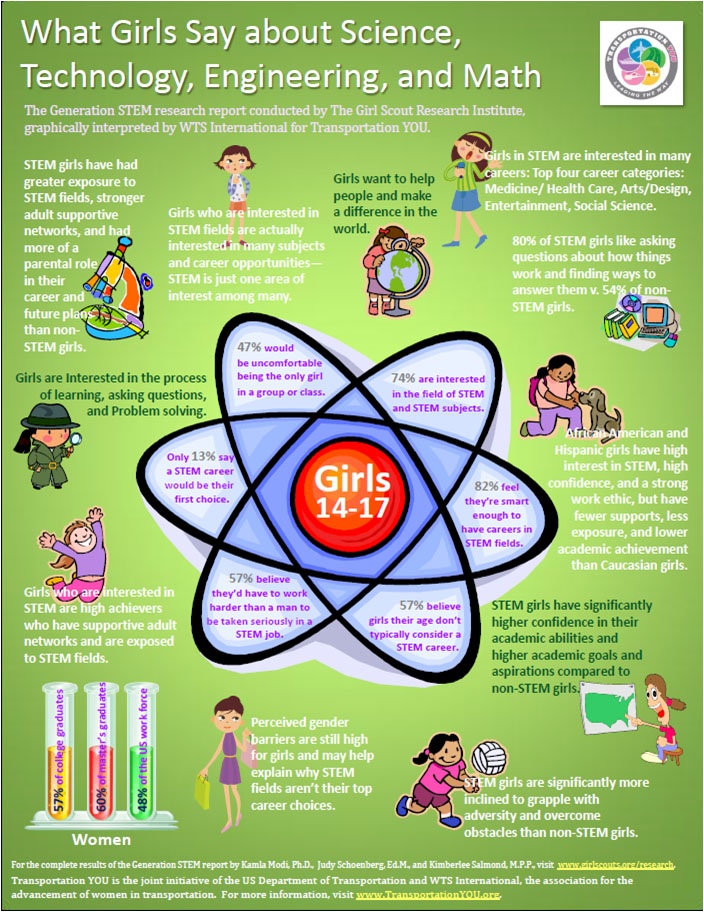How to help your child in math
7 Tips for Helping Your Child with Math at Home
If you feel lost when your child asks for help learning mathematics, you can take comfort in knowing you’re not alone. Teachers, parents, and PhD students—even biologists, chemists, and physicists—sometimes feel daunted by math. Add to that the fact that math education isn’t as static as we might like it to be. As we better understand learning and the human brain, the ways in which we teach math inevitably evolve. For many, the sorts of problems and strategies that comprise the “new math” can seem impenetrable.
But fear not! There is hope with growing evidence that your reaction to math, while completely understandable, is more related to how your parents, teachers, and peers talked about it than anything related to your brain.
You don't have to go from math phobic to mathematician overnight, but here are some tips to help foster the math whiz in your child.
1. Avoid saying you’re bad at math. Stay positive!
This is probably the most far-reaching tip in terms of how much it will benefit your child. If you feel inclined to say something like “It’s fine that you’re bad at math, so was I,” bite your tongue! Counterintuitive to many, research suggests that the concept of being a “math person”—or not—is a myth. Even if that’s firmly how you feel right now, one of the best ways to avoid passing math anxiety on to your children is by steering clear of negative messages about math. Instead, try focusing on difficulty and effort by saying things like, “I understand how difficult this is for you. It was difficult for me too,” or “Don’t worry if it feels like math problems take more effort than some of your other assignments. You may not understand it yet, but I am confident we can work it out together.”
Additional Resources
- “What Does It Mean to Have a Limitless Mind” blog post (includes book excerpt)
- “Healthy Habits for a Growth Mindset in Math” blog post (includes free poster)
- Method to the Mathness podcast, Season 2, Episode 3 (“Math Positive Mindsets” featuring Dr.
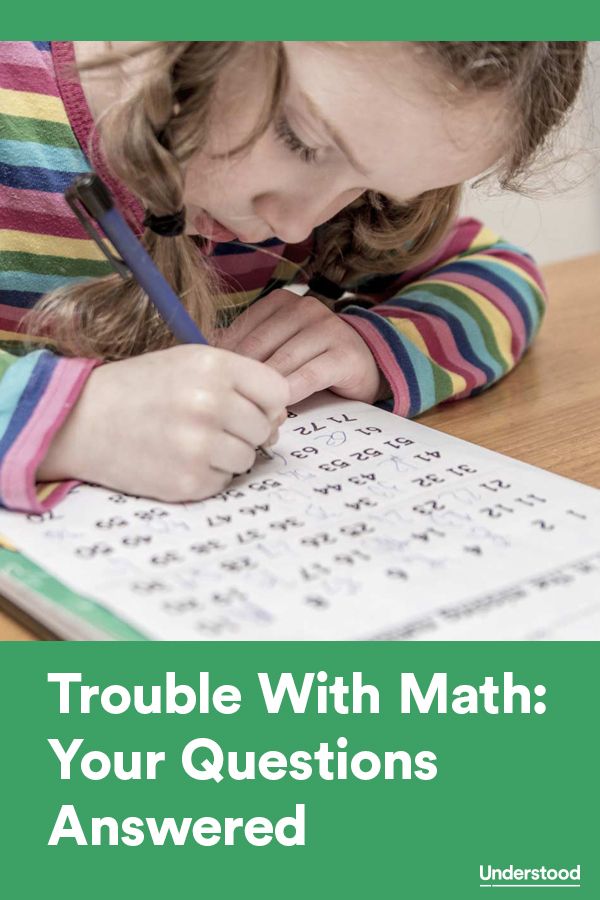 Carrie Cutler)
Carrie Cutler)
2. Talk about math.
Talking about math doesn’t have to mean making a nuanced statistical analysis or debating what equation best models a phenomenon. Talking about math can be as simple as counting clouds or guessing heights. This is especially crucial for young children who need to feel comfortable just thinking about math and seeing that it is a part of the world. Depending on the age of your child, find ways to incorporate math into any topic you’re talking about as the opportunity arises:
- How many is that? How many would I have if I had another one?
- What would half of that look like?
- How could I split this equally?
- How do you predict this trend will change over time?
- What’s the chance of that happening?
- How can you make that more abstract? (The whole purpose of mathematics is to take ideas and make them abstract!)
- How many cards will you draw?
If you don’t feel comfortable talking about math, look for other ways for math to be a part of your child's discourse and experiences.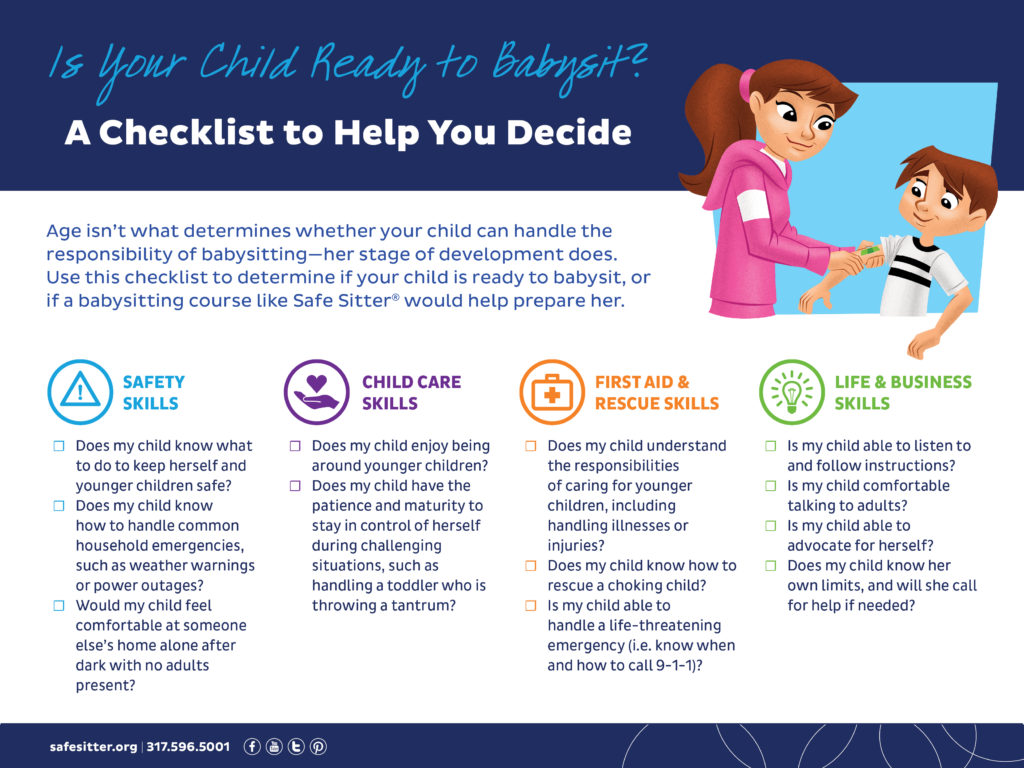 Consider watching movies and television together that feature math (for example, CBS’s former TV show Numb3rs for older students) or even simply hanging math-related posters near where your child typically studies.
Consider watching movies and television together that feature math (for example, CBS’s former TV show Numb3rs for older students) or even simply hanging math-related posters near where your child typically studies.
Additional Resources
- HMH Into Math Anchor Chart Posters (Grades K–8)
- Supporting the Mathematical Practices and Processes Through Questioning Poster
3. Frame this moment as a chance for kids to explore whatever math question interests them.
Most teachers must get through a particular set of standards every year. That can leave students who are curious about an unrelated part of math disappointed or frustrated because there simply isn’t enough time to explore it. Standards and assessments are important but try to free yourself from worrying about whether your kid’s question is too easy, too hard, or even part of the curriculum. Keep in mind that math can be an effective tool to approach nearly any question. If you’re tempted to answer a question with, “You should know this by now,” “That sounds way too hard,” or “That doesn’t matter,” instead direct the curious mind to the teacher or active math educators on social media. How would they approach the question?
If you’re tempted to answer a question with, “You should know this by now,” “That sounds way too hard,” or “That doesn’t matter,” instead direct the curious mind to the teacher or active math educators on social media. How would they approach the question?
Moreover, connect math to what interests your child. Do they like animals? Have them explore how many animals are in a zoo, how much space they need, or how much they cost to obtain. Do they like fire trucks? Find out how heavy they are or how much water they can pump out in a minute. What about video games? Challenge them to record their scores in a table or graph.
Additional Resource
- Math at Work Web Series
4. Have your child teach you math.
Here’s a great way to learn something—teach it. Ask any teacher. Most will agree that even when it’s something “simple” that they could swear they knew inside and out, once they have to explain it to someone else, they’re forced to consolidate knowledge and try new ways of explaining it.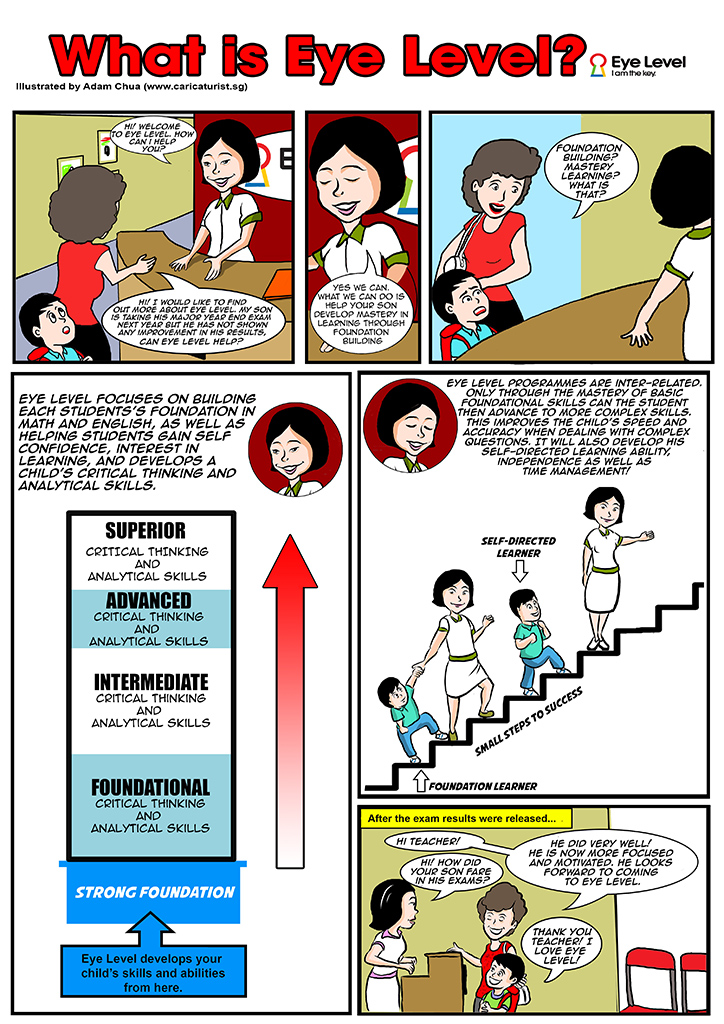 When faced with a question that you can’t answer, explain that you're stuck too, and challenge your kids to figure it out just well enough that they can try to explain it to you. Even if they help you only a little bit, they may spark insights that allow you to finish where they left off.
When faced with a question that you can’t answer, explain that you're stuck too, and challenge your kids to figure it out just well enough that they can try to explain it to you. Even if they help you only a little bit, they may spark insights that allow you to finish where they left off.
5. Try the new math.
If the thought of “new math” intimidates you, it's understandable. How is it your third grader is taking home math problems that stump you?! Rest assured, the “new math” is no different from the “old math.” If you double 15, you still get 30. If you multiply 6 and 3, you still get 18. It’s not that multiplication, division, and fractions have radically changed; it’s just that we now have better tools for explaining them.
One major source of contention is how multiplication that previously took just a few lines to work through now involve seemingly endless equations and diagrams. However, it's important to note that students are learning fundamental strategies that let them conceive of 6 × 3 in a way that extends to 60 × 30, 1/6 × 1/3, and 0.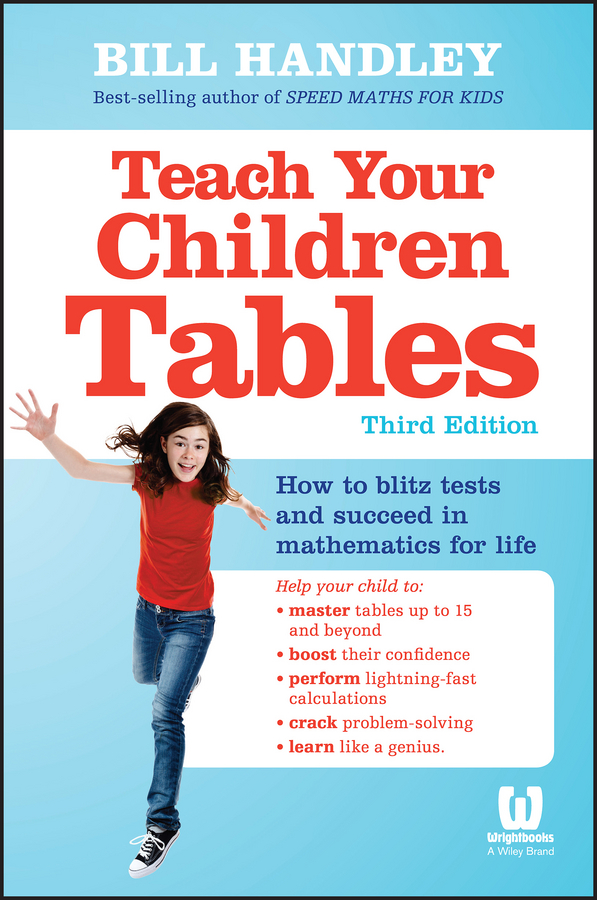 6 × 3,000,000. This way, they will be able to group the concept of multiplication deeply enough to lean on whatever method helps them, even the quick algorithms you might be more used to.
6 × 3,000,000. This way, they will be able to group the concept of multiplication deeply enough to lean on whatever method helps them, even the quick algorithms you might be more used to.
Instead of saying, “This is way too hard and confusing,” show the method you use as just another strategy. For example, “I've never seen multiplication this way before. Here's the method I would use. Now let's try to learn this other method together. It's hard for both of us!”
Additional Resources
- Math in Focus Grade 4 Heuristics Poster (Guidance on strategies you can try)
6. Do away with “drill and kill.”
Those of us who remember sheets full of multiplication problems to be solved quickly might have a skewed view of what it truly means to master math. Evidence suggests this is why you’re probably wary of math in the first place!
Yes, there are standards, benchmarks, and state assessments. However, those are not what make up math.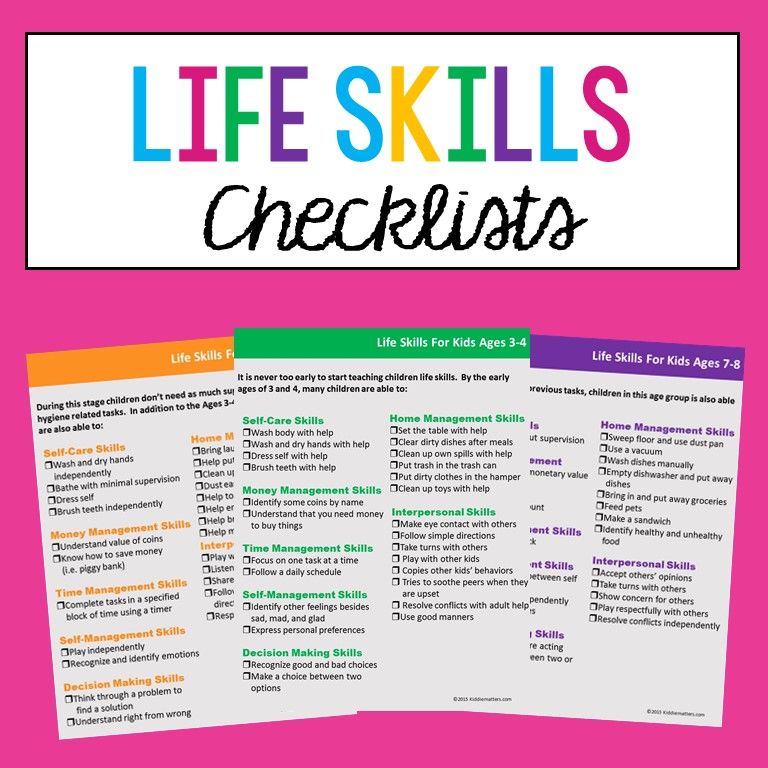 The deep, multifaceted tool that is mathematics is very different from the blunt hammer that is fast arithmetic. Look for activities and projects where math is only part of the challenge. Or look for games and puzzles where math is a code to be cracked or a grid to be solved. Count beats in music, and look for addition and multiplication in dance steps. Math should be active and playful, not worksheets of sterile and monotonous problems.
The deep, multifaceted tool that is mathematics is very different from the blunt hammer that is fast arithmetic. Look for activities and projects where math is only part of the challenge. Or look for games and puzzles where math is a code to be cracked or a grid to be solved. Count beats in music, and look for addition and multiplication in dance steps. Math should be active and playful, not worksheets of sterile and monotonous problems.
Additional Resources
- Method to the Mathness podcast, Season 2, Episode 1 (“Cathy Seeley, Tasks, Tests, and Teamwork”)
- The Giant Sculpture Gallery: A Math Puzzle (Grades 5+)
- HMH's Pinterest Math Hub
7. Take it slow.
One final word of advice. The same tools you might use to solve any problem apply here. Take breaks. Try a different way. Ask someone else. Everyone’s pace for learning math is slightly different. Consider the story of Andrew Wiles. Fermat's Last Theorem was a math problem proposed in 1637 that anyone familiar with exponents could understand, and mathematicians at the time thought would be easy to solve.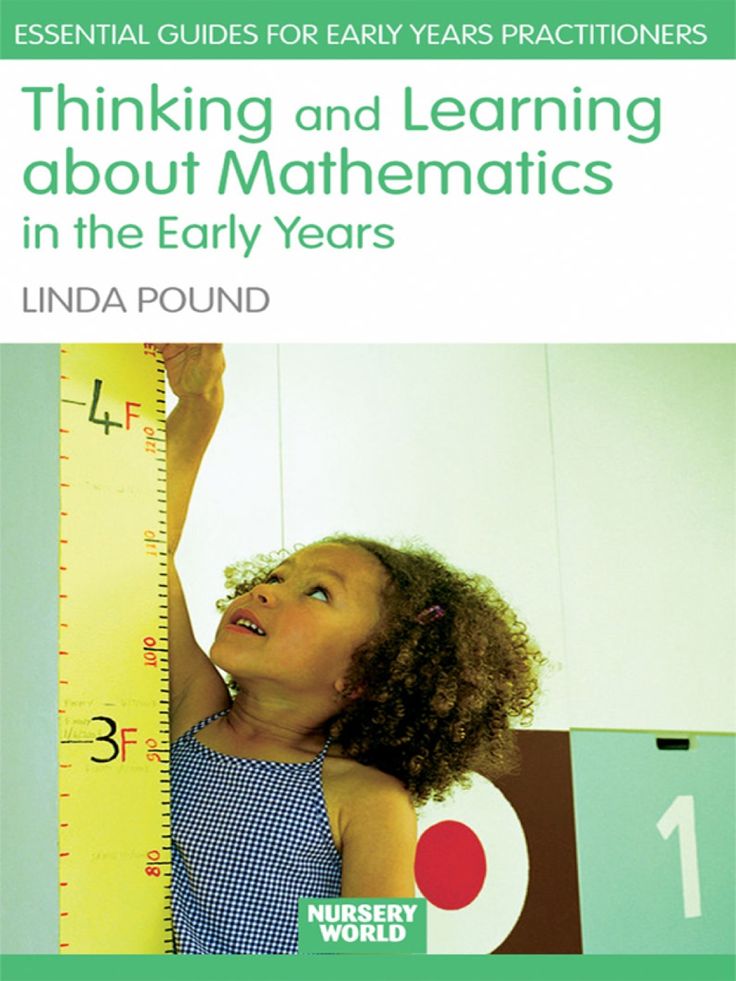 Here is one way to state the problem:
Here is one way to state the problem:
Consider the list of all numbers raised to the 2nd, 3rd, 4th, etc. powers:
- 2nd power: 1, 4, 9, 16, 25, 36,...
- 3rd power: 1, 8, 27, 64, 125, 216,...
- 4th power: 1, 16, 81, 216, 625, 1,296,...
- And so on
It is possible to find two numbers on the “2nd power” list that add to each other, for example 9 + 16 = 25. However, is it possible to find two numbers that add to each other in any other list?
British mathematician Andrew Wiles was fascinated by the problem as a child, and as an adult, was determined to solve it. He labored over it for six years until rocking the mathematical world with a solution that was over three centuries in the making. Learning math is most definitely not a race to the finish line.
* * *
Browse our full library of free teaching and learning resources to help children learn while they’re away from school.
How to Help Your Child With Math
Many kids (and adults) have trouble with math. And for some people, math causes a lot of anxiety. When math is a struggle, how can you help your child get better at it?
Helping with math isn’t always easy, especially since the way they teach math is different than it used to be. But even if you’re not the best at math, there are many ways you and the school can help your child improve. Here are tips.
How to help with math at home
If you feel lost or frustrated trying to help your child with math, you’re not alone. Most parents and caregivers haven’t taken math classes in a while. And schools use new methods to teach it now. The more familiar you are with the new ways, the easier it becomes to help.
Here are some examples of “new” math problems to help you get your bearings. You can also use tips to help with tricky math homework.
Even if kids struggle with math, it doesn’t mean they’re “bad” at it.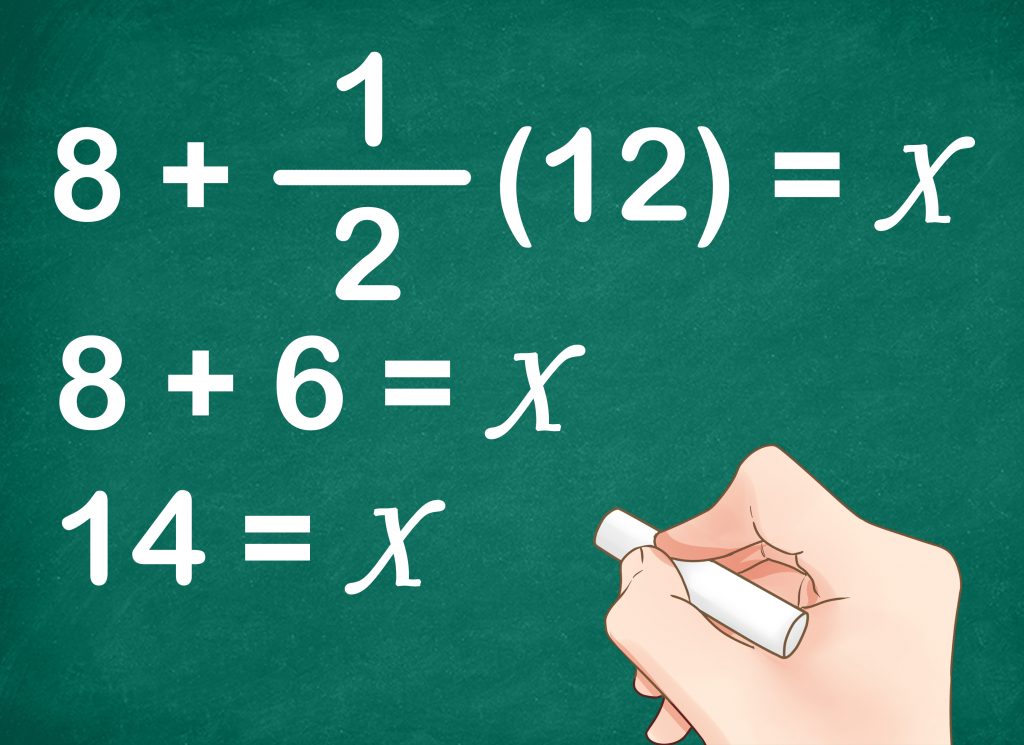 Even good math students can have a hard time with certain parts of math. Kids need different skills for different subjects, so they may need support in one or more of these skills.
Even good math students can have a hard time with certain parts of math. Kids need different skills for different subjects, so they may need support in one or more of these skills.
Even different types of math problems within a subject can require different skills. For instance, some kids may be great with math facts but struggle with word problems.
For some kids, the biggest challenge is math anxiety. Whether or not they have trouble with math itself, they feel anxious about doing the work or taking math tests. They may doubt they’re good at math even when they are. And their fear of failure can actually get in the way of doing well.
There are lots of stress-free and fun ways to help with math at home. Here are just a few:
- Use sports, like football, to reinforce math concepts.
- Read books that build math skills in young kids.
- Play board games that help young kids build math skills.
- Cook and bake together.
There are also inexpensive tools you can use to help make math easier for your child.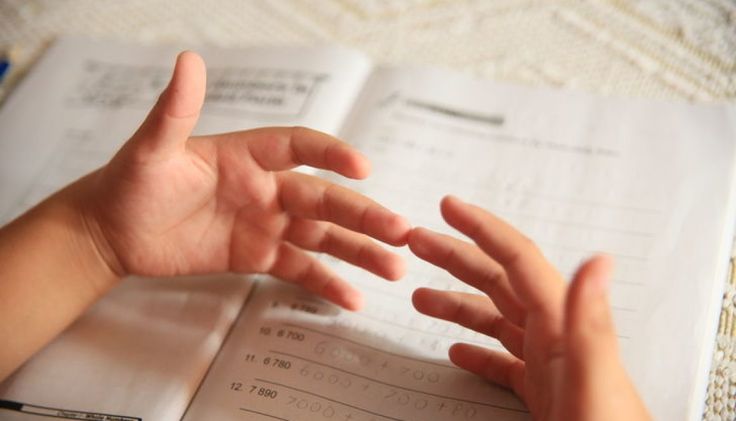
- Discover items around the house that can be used as math tools.
- Try graphic organizers for math.
Teachers have great strategies for helping kids learn math. Here are a few teacher tips to try:
- Use an anchor chart to help with multiplication.
- Use number lines to help your child compare fractions.
- Play a warm-up game to get your child ready for math homework.
A popular way to help kids learn math is by engaging various senses. Teachers use sight, hearing, touch, and movement to help kids understand what numbers and symbols mean. (Teachers use this approach with reading and writing, too.)
It can be hard for kids who struggle with math to use abstract thinking to do math problems. For example, they might have trouble understanding amounts, like the fact that 10 cents is more than five cents.
Technology can also be a great tool to help with math. There are inexpensive or even free tech tools for math, like apps, Chrome tools, and software. These programs not only help build skills. They can also reduce the challenges and frustration kids feel.
These programs not only help build skills. They can also reduce the challenges and frustration kids feel.
Frustration is a common problem for kids who struggle in school, whether it’s in math or another area. One of the best things you can do is talk about what that feels like, and share times when you’ve also felt frustrated by your own challenges. Tell your child that everyone struggles with something, and there are ways to get better at math.
How the school can help kids get better at math
When kids have trouble with math, there are lots of things schools can do to help. There are specific ways of teaching math that can help kids build skills. And schools can use supports called that make it easier for kids who are struggling.
To get this type of help from the school, you’d need to have your child evaluated. A free school evaluation can tell you exactly what your child is struggling with, so you can get and give the right type of help.
- Use this checklist of questions to ask the school about math instruction.
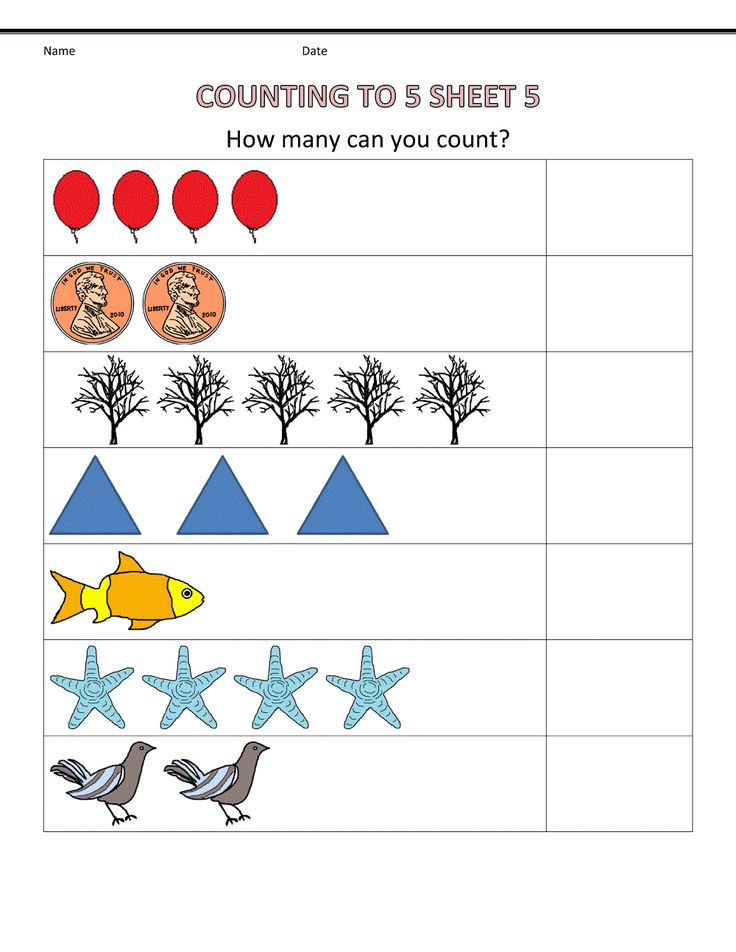
- Learn terms to know if your child has trouble with math.
Your child’s teacher is a great source of information and help, too. Ask the teacher if there are strategies that help in the classroom that you can try at home.
Working with the school can help your child develop what’s known as a growth mindset. That means kids believe their skills can improve with work and support. And learn how setting a “competence anchor” can help your child feel more confident about math.
Key takeaways
Ask your child’s teacher for tips you can try at home.
Making math fun can help kids feel less anxious.
Getting familiar with new ways of teaching math makes it easier to help your child.
How to help a child with mathematics
Why do children not like mathematics? Because she's complicated. It's not easy to teach a child math, figure out how to solve equations, or convert fractions to decimals. While developing math skills, the child has to solve complex problems. And if we take into account that only he will understand one topic, another no less difficult one appears after it, then it becomes clear why children do not understand mathematics. What to do?
While developing math skills, the child has to solve complex problems. And if we take into account that only he will understand one topic, another no less difficult one appears after it, then it becomes clear why children do not understand mathematics. What to do?
What children learn when they learn math
If you ask a child the question “Why study math?”, in most cases he will answer: “To go to the store, to be able to count money, etc.”. Many adults will respond the same way. Does the study of mathematics really have such a prosaic meaning? Let's figure it out. After all, this is the reason why the child does not understand mathematics. Ability to reason logically and think critically. Mathematically savvy children are able to solve not only mathematical, but also life problems. They are logical, consistent, able to see what does not lie on the surface. In addition, mathematics develops an extremely important and demanded skill in our time - critical thinking.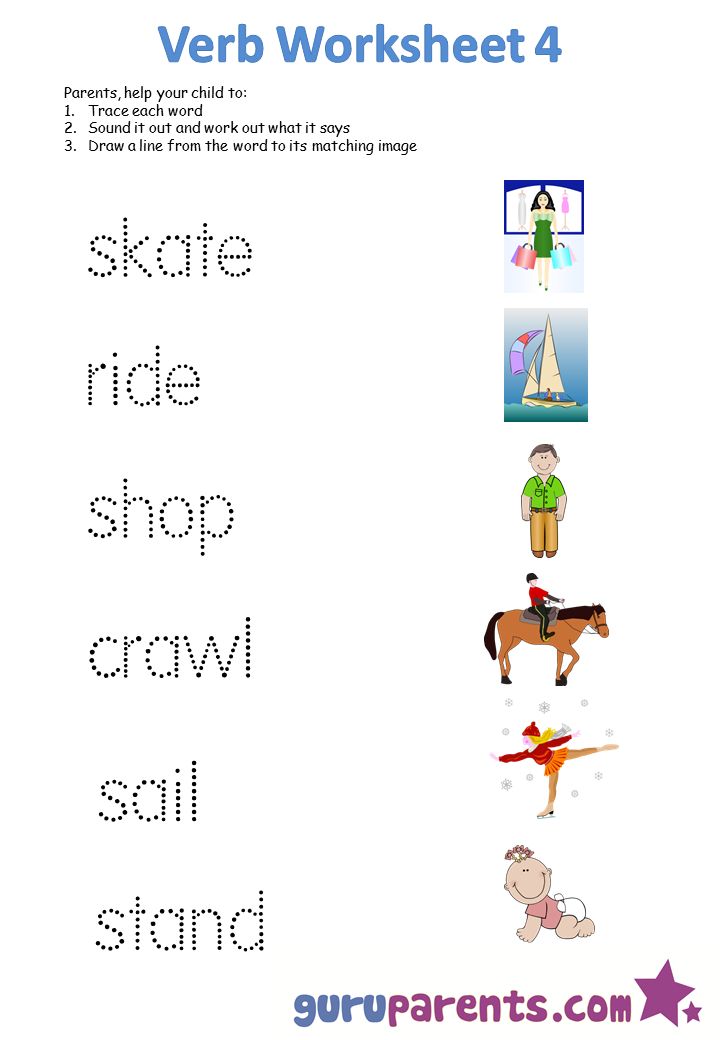 Here is an argument in favor of how important it is to love mathematics.
Here is an argument in favor of how important it is to love mathematics.
Good memory.
From the very first days of studying mathematics, we remember something, we keep it in our minds. A good memory is the key to successful learning in all subjects. Therefore, understanding how to teach mathematics miraculously affects all studies.
Willpower.
Patience, perseverance, excitement, bringing things to the end - all this is developed by mathematics. After all, it is so interesting to get to the point, to solve a complex example, to cope with a task.
Real life application.
Often children do not understand how to apply school knowledge in life, so they lose motivation. Mathematics is found in many everyday moments: from a banal trip to the store to the opportunity to help dad figure out the navigator.
Why a child does not understand mathematics
It is important not only to know mathematical rules, but also to be able to apply them in practice, to use what has already been learned to gain new knowledge.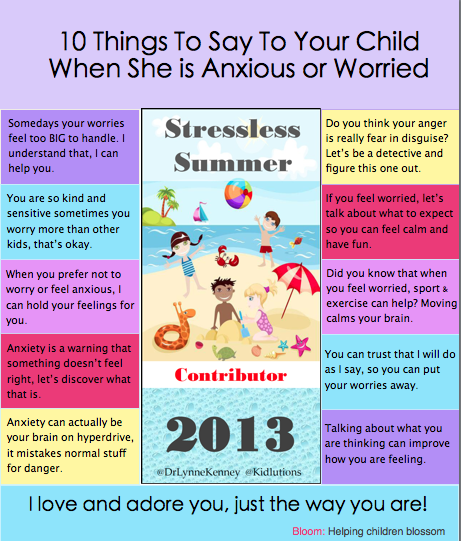 But sometimes difficulties arise and the question is how to explain mathematics to a child. We tell you what schoolchildren usually “stumble” on in mathematics.
But sometimes difficulties arise and the question is how to explain mathematics to a child. We tell you what schoolchildren usually “stumble” on in mathematics.
1. The child is in a hurry
The child tries to do everything as quickly as possible. But it turns out to be a “blunder”: he confuses signs, incorrectly formats examples, incorrectly opens brackets. And in mathematics, one mistake leads to another.
2. The old rule is better than the new one
The student tries to solve new problems according to the old rules. For example, when a child is learning fractions, he may insist that ¼ is greater than ½. He knows that 4 is greater than 2 and is guided by it.
3. “Automatically”
The student “automatically” responds to the type of task without going into particulars. Suppose the child correctly solves the example "3 + 3" = "6". Then he sees "3 - 3" and writes "6" again, because he reacted to two triples. It's not that he can't subtract, he just wrote the first thing that came to mind without taking the sign.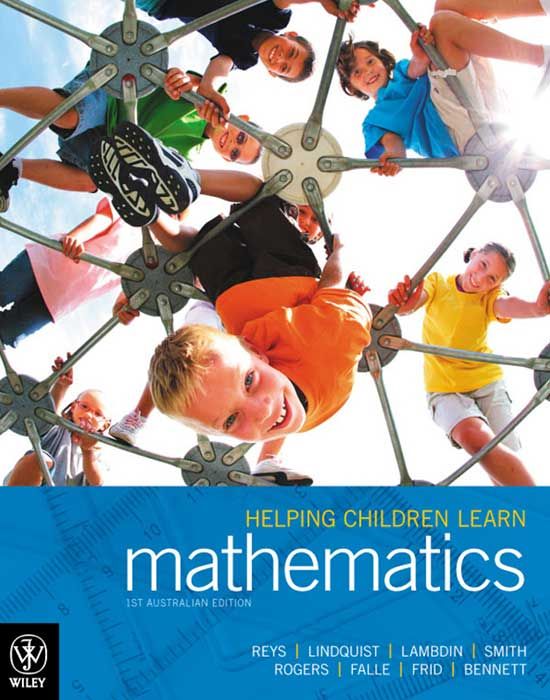
4. “I forgot what it was…”
We use working memory to keep intermediate answers in mind while solving a complex problem. Some children find this difficult. You need to keep in mind the formula, algorithm or answer of the previous action, but if the working memory is not developed, then this is difficult to do.
5. Working on mistakes
Self-control is necessary to do the correct work on mistakes or to double-check the finished homework. Let's say a child quickly finishes a math test, but doesn't come back and check their work, even though they have time. Either in his picture of the world there is no idea to double-check what has already been done, or he does not understand what kind of verification is needed in each specific case. Therefore, doing work on the mistakes will allow you to find the answer to the question of what to do if you do not understand mathematics.
We cannot cancel math lessons, but we can help your child realize how useful it is by making math problems a part of his daily life.
How to captivate a child with mathematics
How to begin to understand mathematics? Take advantage of our proven tips.
1. Connect math concepts to life. If children are explained how to apply the knowledge gained in the lessons in reality, it becomes clear to them why all this is needed. For example, any person solves mathematical problems every day: for example, in a store.
2. Play math games. Both computer and board games perfectly train mental counting skills and reaction speed. The advantage of "tabletops" is that they can be played by the whole family.
3. Solve logic problems with a catch. For example: “There were four pears and three apples on the apple tree. How many apples grew on an apple tree? Children notice the catch and it amuses them a lot, as a result, memorization is more efficient.
4. Read entertaining books about mathematics. For younger students, Vladimir Levshin's cycle about the adventures of the Master of Scattered Sciences and his assistant Edinichka, as well as "Entertaining Arithmetic" by Yakov Perelman, is suitable.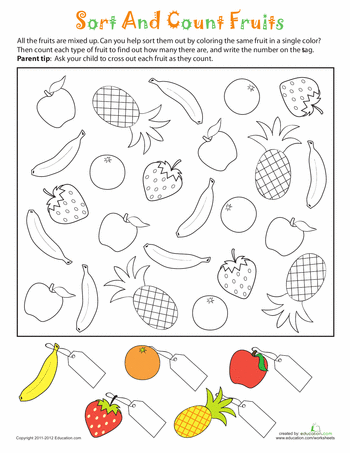
5. Participate in online math quizzes. Thanks to interesting and sometimes funny tasks, the child will understand that serious mathematics can be exciting and fun. And help him see how easy it is to fall in love with mathematics.
6. Use progressive teaching methods. For example, online simulators on the iSmart educational platform:
- interactive math tasks are fun and more like a game;
- the child will quickly understand school mathematics;
- will bring computing skills to automatism.
How to fix your grades in math
- Do a little math every day.
- Encourage your child to solve everyday problems. Regular training will help him understand why all these numbers are needed.
- Work well in every lesson.
- Pay more attention to your homework.
- Prepare carefully for tests.
Interesting: Studies have found that children aged 8 to 10 who practiced math at home for 15 minutes a day, 5 days a week, improved their performance by 60%.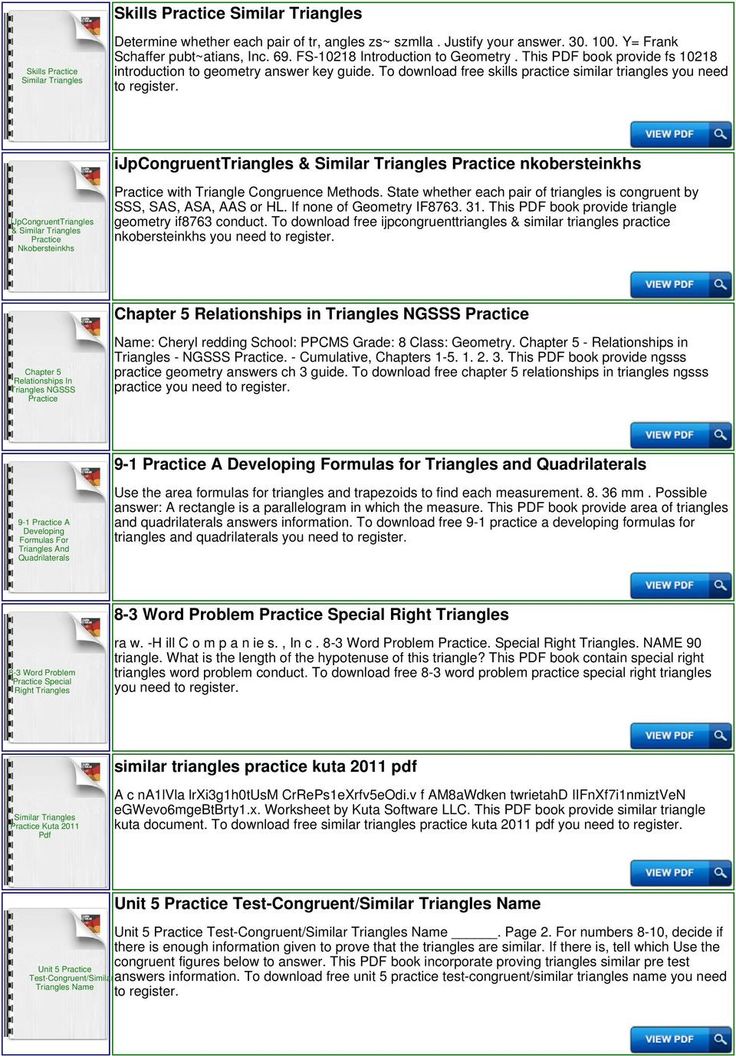 Is everything simple? Yes! And you will be able to see for yourself how to help a child with mathematics in a relatively short period of time.
Is everything simple? Yes! And you will be able to see for yourself how to help a child with mathematics in a relatively short period of time.
How to prepare for a math test
Learning how to start understanding math will help your child feel confident on tests. Here are some helpful tips to help you get through this daunting task.
1. When the teacher says that a similar task will be on the test, make a note to yourself so that you know which tasks to focus on.
2. Write down all the topics that will be on the test, and select examples and tasks from the textbook for them.
3. Learn theory in time: theorems and formulas.
4. Solve, solve, solve... The more typical tasks you complete, the better you will hone the solution algorithm.
5. Be sure to review all your notebooks in which you solved problems.
On the test:
6. First, solve simple tasks in a draft and only then proceed to more difficult ones.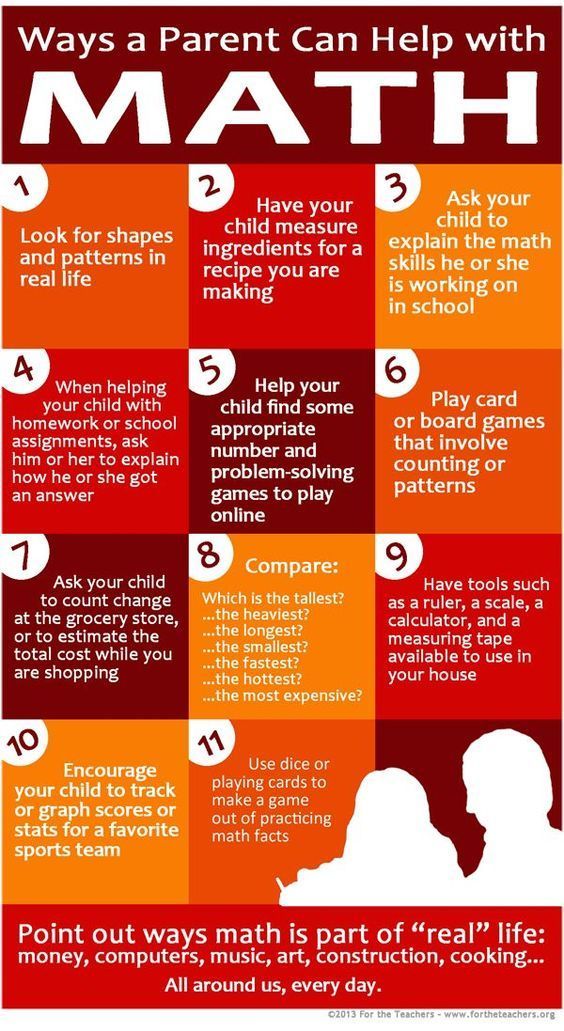
7. Describe the solution in as much detail as possible.
8. Before transferring the solution to a clean copy, double-check it.
Prepare for tests early and practice more. If you do everything right, consider that good grades are in your pocket!
It is possible to teach a child math! Start it today!
How to help your child understand mathematics: useful tips from teachers
Mathematics becomes a difficult subject from the middle school onwards. Formulas, fractions, negative numbers - not all children cope with this amount of new knowledge. How to learn to understand mathematics and why it is important not to be afraid of bad grades, experts from the team of the new individual program in Yandex.Practical Mathematics tell.
How to help your child understand (rather than memorize) mathematics
Daniil Lyuboshits, mathematics teacher Yandex.Practice:
First, you should talk and explain to your child the difference between cramming and understanding.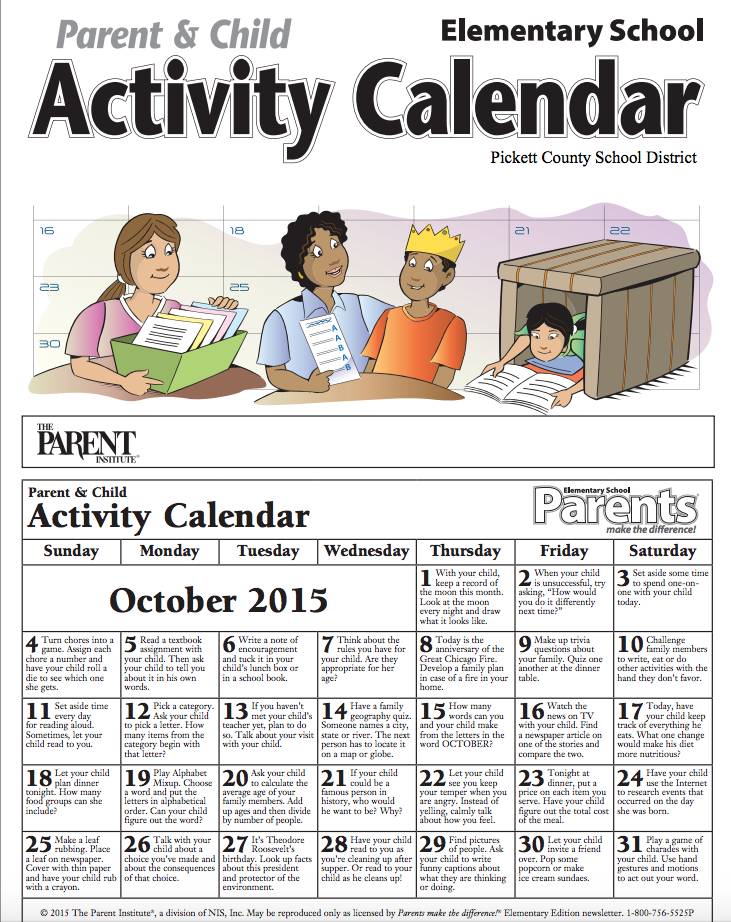 After all, a student who diligently memorized everything can get an even higher grade or solve a problem faster, and it may not be at all obvious to him that this is not the only way. It is important that the child wants to understand the subject himself, so it will be more interesting for him to learn: it is much more fun to come up with algorithms than to memorize them.
After all, a student who diligently memorized everything can get an even higher grade or solve a problem faster, and it may not be at all obvious to him that this is not the only way. It is important that the child wants to understand the subject himself, so it will be more interesting for him to learn: it is much more fun to come up with algorithms than to memorize them.
Learning mathematics without understanding is like learning poems in an unfamiliar language. Painful, useless, and very quickly everything will be forgotten.
To fix this, the teacher should lead the student to discover key ideas instead of just talking about them. The child should feel the joy of an independent decision. After that, you can move on to some simple exercises, and it is important to try to give a link to life - where this mathematics can be found, except for a school notebook.
Fortunately, for most students, a correctly solved problem brings much more satisfaction than just a high grade. Problems arise if cramming has already become a habit. In such cases, it can be difficult to rebuild, and at first it will seem to the child and parents that everything has only gotten worse. It is very important here not to press and not rush - to discuss something already familiar and learned, to try to understand together why and how what the student already knows works. From this it will be possible to build on further.
Problems arise if cramming has already become a habit. In such cases, it can be difficult to rebuild, and at first it will seem to the child and parents that everything has only gotten worse. It is very important here not to press and not rush - to discuss something already familiar and learned, to try to understand together why and how what the student already knows works. From this it will be possible to build on further.
How to treat a child's mistakes
Anna Antonova, psychologist Yandex.Practicum:
It is important not to scold a child for every mistake. Blaming and expecting high performance can lead to math anxiety, a negative emotional reaction to situations that involve numbers, math, and calculations. Children and adults with mathematical anxiety cannot concentrate on tasks, as their entire resource of memory and attention is occupied by experiencing this negative feeling. The reason for this is often negative experiences and stereotypes.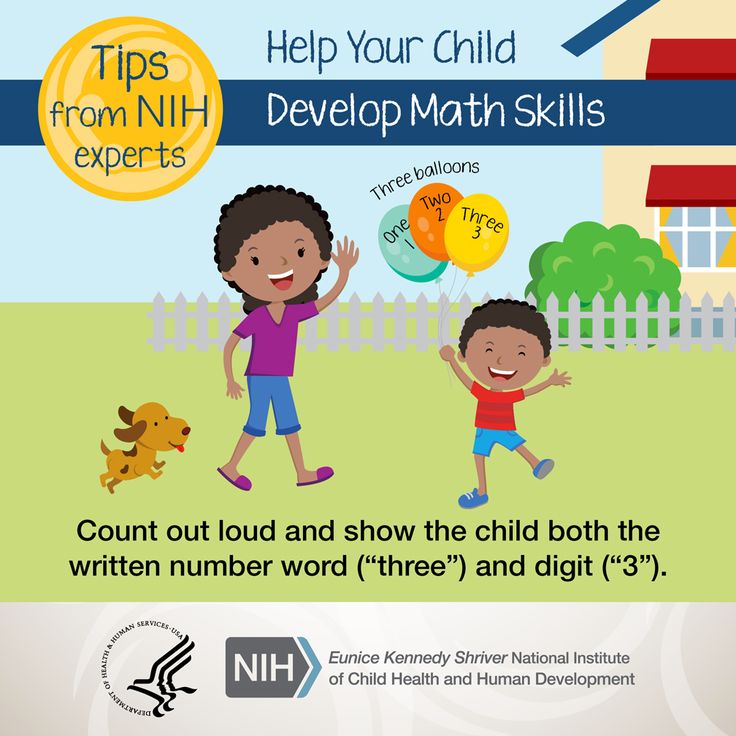 For example, if a child was often told: “He is a humanist”, “Mathematics is not your thing”, “Girls write essays better”. The perception of the subject is also influenced by the experience of communication with the teacher. If he scolded and shamed, this can also increase dislike for the subject.
For example, if a child was often told: “He is a humanist”, “Mathematics is not your thing”, “Girls write essays better”. The perception of the subject is also influenced by the experience of communication with the teacher. If he scolded and shamed, this can also increase dislike for the subject.
In psychology, there is such an effect as "shifting a motive to a goal." A child comes to a tutor to pull up a two or three, and suddenly begins to understand how to solve problems. This inspires confidence, the process of solving problems begins to bring pleasure. This is how the motivation for a deeper study of the subject and even love for it is born.
To help the child, the parent must allow him to make mistakes
It is mistakes that help us understand that the algorithm of actions is wrong and we need to look for a new solution. It is important to remember that things that are obvious to the parent are not always clear to the child. Recent studies have shown that adults and children use different parts of the brain when solving math problems. In a child, the parts of the brain responsible for emotions and perception are involved. Therefore, it is especially important that mathematics be associated with positive emotions. You should not be angry with the child for misunderstanding. The main thing is to remember that your relationship is much more important than any grades. School will end one way or another, exams will pass. But the "sediment" can remain forever.
In a child, the parts of the brain responsible for emotions and perception are involved. Therefore, it is especially important that mathematics be associated with positive emotions. You should not be angry with the child for misunderstanding. The main thing is to remember that your relationship is much more important than any grades. School will end one way or another, exams will pass. But the "sediment" can remain forever.
How to properly respond to school grades
Anna Antonova:
Evaluation in general is a controversial subject. On the one hand, it reflects the level of knowledge of the student and the quality of the task. On the other hand, it is influenced by many factors (the mood of the student, relations with the teacher, a particular subject and the school as a whole), and it is rather difficult to call this entity objective. At the same time, the myth that good parents have children with straight honors is still alive. The children themselves also feel this: it seems to them that they will let their parents down if they get a bad grade or a low score on the exam.
It is difficult for parents to be impartial about evaluations, because it seems that their parenthood is partly evaluated. It is important to remember that a school grade is not an assessment of a child's personality or learning ability, but simply a tool.
Our culture tends to focus more on mistakes than on achievements
Parents spend much more time with their children helping them fix bad grades than talking about how a child got an A. The child may take this as a signal: "Yeah, mom will sit with me longer if I get a bad grade instead of a good one." Thus, the cause of problems at school may lie in the child's need to receive more attention from parents. In order to prevent such a situation, it is important for parents to regularly pay attention to what the child is doing well.
Why a child gets twos or threes should be dealt with carefully, without undue anxiety and criticism. If there are a lot of bad grades, you should first talk with the child and find out the reason.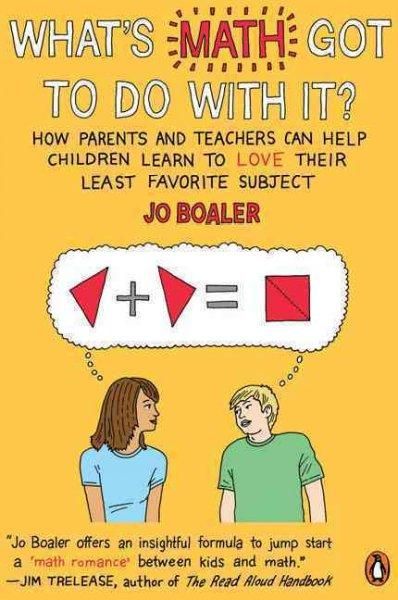 And if there are difficulties with understanding, gaps in mastering the program, ask the teacher for help. A professional will be able to see what kind of knowledge the child lacks, understand the reasons for the mistakes and be able to speak them correctly with the student.
And if there are difficulties with understanding, gaps in mastering the program, ask the teacher for help. A professional will be able to see what kind of knowledge the child lacks, understand the reasons for the mistakes and be able to speak them correctly with the student.
Daniil Lyuboshits:
A school grade may not reflect a child's actual knowledge or potential. This happens for various reasons. Sometimes the standard explanation that works for eight children out of ten will not work for two. Even at the Mehmat of Moscow State University, you can meet students who studied at school with triples and deuces. The assessment may indicate that the teacher could not or did not have the opportunity to find an approach, or the learning environment does not suit the student, or he is simply not interested in learning - he does not put in effort, skips.
A child's motivation for learning can be completely different, and this also affects grades. For example, if a student does not understand a subject, but is cramming, then he has a motivation for good grades or approval.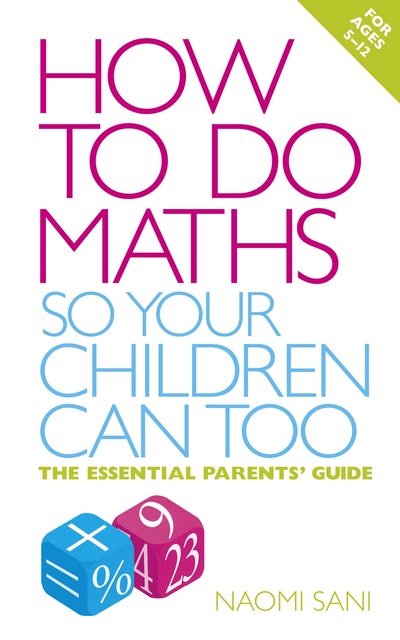 Parents may not even suspect that the child has gaps in understanding, because the grades in the diary are good. Such motivation does not need to be destroyed, it is better to direct it in the right direction: to arouse in a diligent child an interest in the subject itself, to show what is behind the learned algorithms and why understanding them is much more interesting than just teaching. The student needs to be aware that he is doing something. Small victories spark interest.
Parents may not even suspect that the child has gaps in understanding, because the grades in the diary are good. Such motivation does not need to be destroyed, it is better to direct it in the right direction: to arouse in a diligent child an interest in the subject itself, to show what is behind the learned algorithms and why understanding them is much more interesting than just teaching. The student needs to be aware that he is doing something. Small victories spark interest.
Gradually it is better to develop a more fundamental interest. For some children, it is important to answer the question “why do I need this?”. Someone already in the sixth grade wants to program, someone wants to build robots, study linguistics or biology. It is important to convey that all this will require mathematics. And, of course, mathematics itself, its inner beauty and deep ideas can interest the student.
What to read to parents of schoolchildren: a list of Yandex.Practicum experts
- "How to talk so teenagers will listen and how to listen so teenagers will talk" by Adele Faber and Elaine Mazlish
- "A book for imperfect parents", Irina Mlodik
- "What is mathematics for?", Francon Davies Behn
Online education service Yandex.